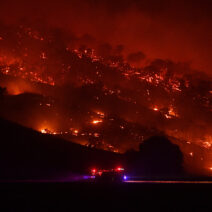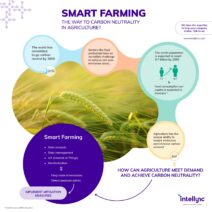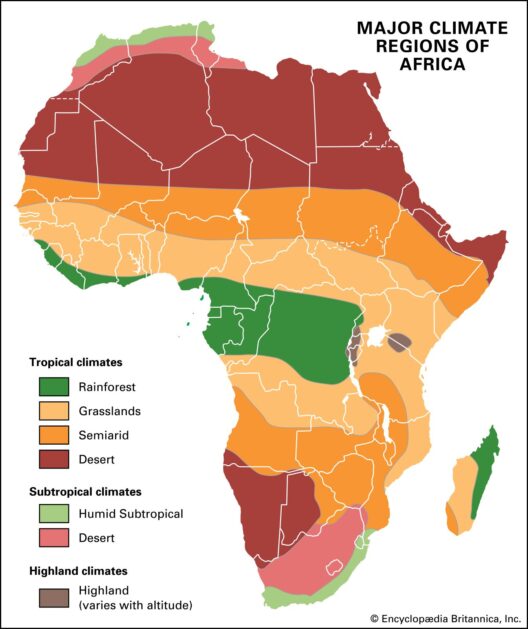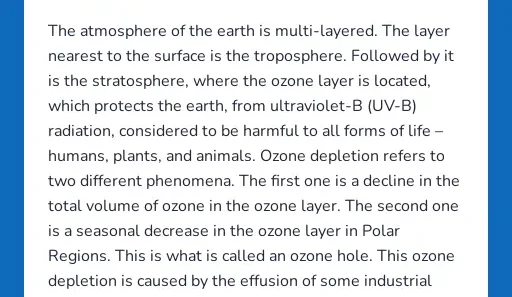The nexus between human proliferation and climate change is an intricate and alarming phenomenon. As we traverse the 21st century, the human population continues on an exponential trajectory, raising pertinent questions about sustainability and ecological balance. Is there a limit to how many people our planet can support without exacerbating global warming? This inquiry serves as a pivotal challenge facing humanity today, and it intertwines with our prevailing environmental dilemmas.
Currently, the world’s population hovers around 8 billion, and projections suggest it may reach 10 billion by mid-century. This staggering growth is not just a numerical concern; it inherently ties to consumption patterns, resource depletion, and consequently, the acceleration of global warming. Each individual contributes to the carbon footprint, through energy demand, transportation, food consumption, and waste generation.
At the crux of the population problem is the phenomenon of overconsumption. Essentially, it is not merely the quantity of people but their collective way of life that propels greenhouse gas emissions. For instance, in developed nations where consumerism reigns supreme, the ecological impact per capita is significantly greater than in developing regions. This disparity underscores the importance of focusing not only on population numbers but also on the consumption habits of those populations.
Food production stands as a prime example linking population growth to climate change. The global agriculture sector is a major contributor to greenhouse gas emissions. To sustain a burgeoning population, agricultural practices often involve deforestation, intensive fertilizer use, and extensive water consumption. These activities obliterate ecosystems and release vast amounts of carbon dioxide, methane, and nitrous oxide into the atmosphere. The challenge lies in reconciling the need for food security with climate mitigation strategies.
Urbanization, another significant aspect of human development, compounds these challenges. As more individuals flock to cities in search of better opportunities, urban areas expand, leading to increased energy consumption and infrastructure development. Cities are often hotbeds of emissions, with transportation, heating, and construction activities contributing to their carbon footprint. Striking a balance between sustainable urban planning and accommodating population growth is increasingly becoming a formidable challenge.
The intersection of population dynamics and climate change also highlights inequalities. Vulnerable populations, often residing in developing countries, bear the brunt of climate catastrophes despite contributing negligibly to the problem. These communities face existential threats such as flooding, droughts, and food insecurity. Addressing this imbalance calls for a comprehensive approach that incorporates social justice into climate strategies.
Furthermore, population policies and family planning initiatives have emerged as significant tools in addressing these intertwined issues. Educating individuals about reproductive health and empowering them to make informed choices can alter demographic trends. Consider the hypothetical scenario: what if every individual had access to education and resources to plan their families? This could lead to stabilized population growth and mitigate environmental pressures. Yet, such programs often elicit resistance due to cultural norms and political landscapes.
The economic implications of population growth are also profound. More people lead to a heightened demand for goods and services, thereby increasing production emissions. The cycle of consumption does not merely exacerbate climate change; it also strains economies, particularly in nations where resources are already scarce. Developing innovative economic models that promote sustainability through green technology and renewable energy sources will be paramount in curbing this cycle.
Consider the potential benefits of investing in sustainable technology as a remedy to the population problem. If we channel our resources into developing cleaner energy, enhancing agricultural practices, and facilitating efficient waste management, we could counteract the adverse effects of population growth on our climate. This offers a glimmer of hope amidst dire predictions, challenging the notion that human proliferation spells doom for our planet.
Social movements advocating for sustainable lifestyles also present a formidable response to the population challenge. Initiatives encouraging reduced consumption, promoting plant-based diets, and minimizing waste can decouple personal or collective growth from environmental degradation. Harnessing the power of community can foster a cultural shift towards more sustainable practices.
Finally, the role of education in cultivating an environmentally conscious populace cannot be overstated. By embedding environmental awareness within the educational curricula globally, future generations will be equipped with the knowledge necessary to address climate challenges. This proactive approach could fundamentally reshape societal attitudes toward population and sustainability. Indeed, instilling reverence for the planet in children may be our most profound solution.
In conclusion, the intricate tapestry woven by population growth and climate change presents a multifaceted challenge that requires urgent attention. Addressing this issue encompasses not merely the statistical aspect of human numbers but delves deeper into consumption patterns, urbanization, inequality, and innovation. The call to action is crystallized in recognizing that humanity holds the keys to its destiny. Will we rise to this challenge, or will we remain spectators to a tragedy in the making? The future depends on the choices we make today, as we navigate the fine line between growth and sustainability.







